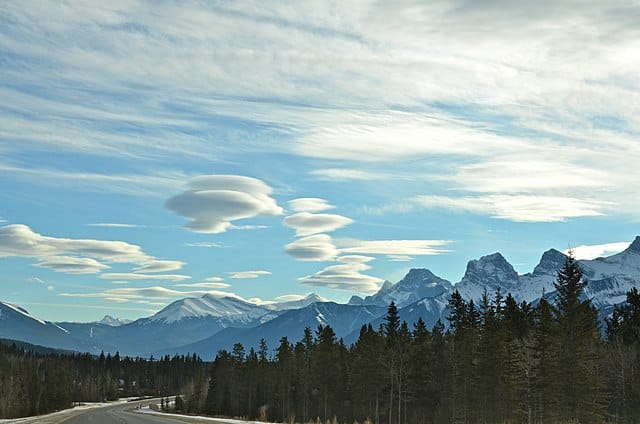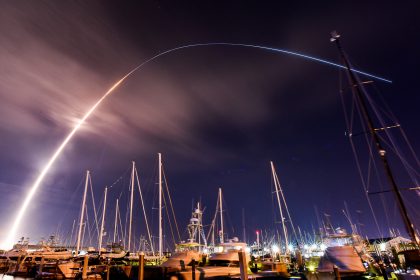NASA to Study Unidentified Aerial Phenomena to Find Source of Unexplained Sightings

WASHINGTON — NASA is making a new effort to figure out the origins of “Unidentified Aerial Phenomena,” otherwise known as UFOs.
The space agency announced Thursday it plans to apply scientific methods to information that is publicly available on the unexplained sightings.
“Unidentified phenomena in the atmosphere are of interest for both national security and air safety,” NASA said in a press release. “Establishing which events are natural provides a key first step to identifying or mitigating such phenomena, which aligns with one of NASA’s goals to ensure the safety of aircraft.”
The nine-month study is being led by NASA science mission chief Thomas Zurbuchen, who confronted any possible suspicions the space agency was sacrificing hard science to chase after folklore during a webcast.
“We are not shying away from reputational risk,” Zurbuchen said. “Our strong belief is that the biggest challenge of these phenomena is that it’s a data-poor field.”
The study is scheduled to begin in the fall and operate with a $100,000 budget. The organizers plan to draw on expertise from consultants in the scientific, aeronautics and data analytics professions.
The independent study team is being led by astrophysicist David Spergel, who previously chaired the astrophysics department at Princeton University.
“We will be identifying what data — from civilians, government, nonprofits, companies — exists, what else we should try to collect and how to best analyze it,” Spergel said.
When the study is completed, NASA plans to make its findings available to the public.
The agency described the study of unidentified aerial phenomena as a continuation of one of its core missions to search for the possibility of life on other planets.
Its other efforts at “astrobiology” have focused on studying water on Mars and examining the possibility of “ocean worlds,” such as the Saturn moon Titan and the Jupiter moon Europa. It also searches for “technosignatures,” or evidence of advanced technology on planets in other solar systems.
Tom can be reached at [email protected] and @TomRamstack
























